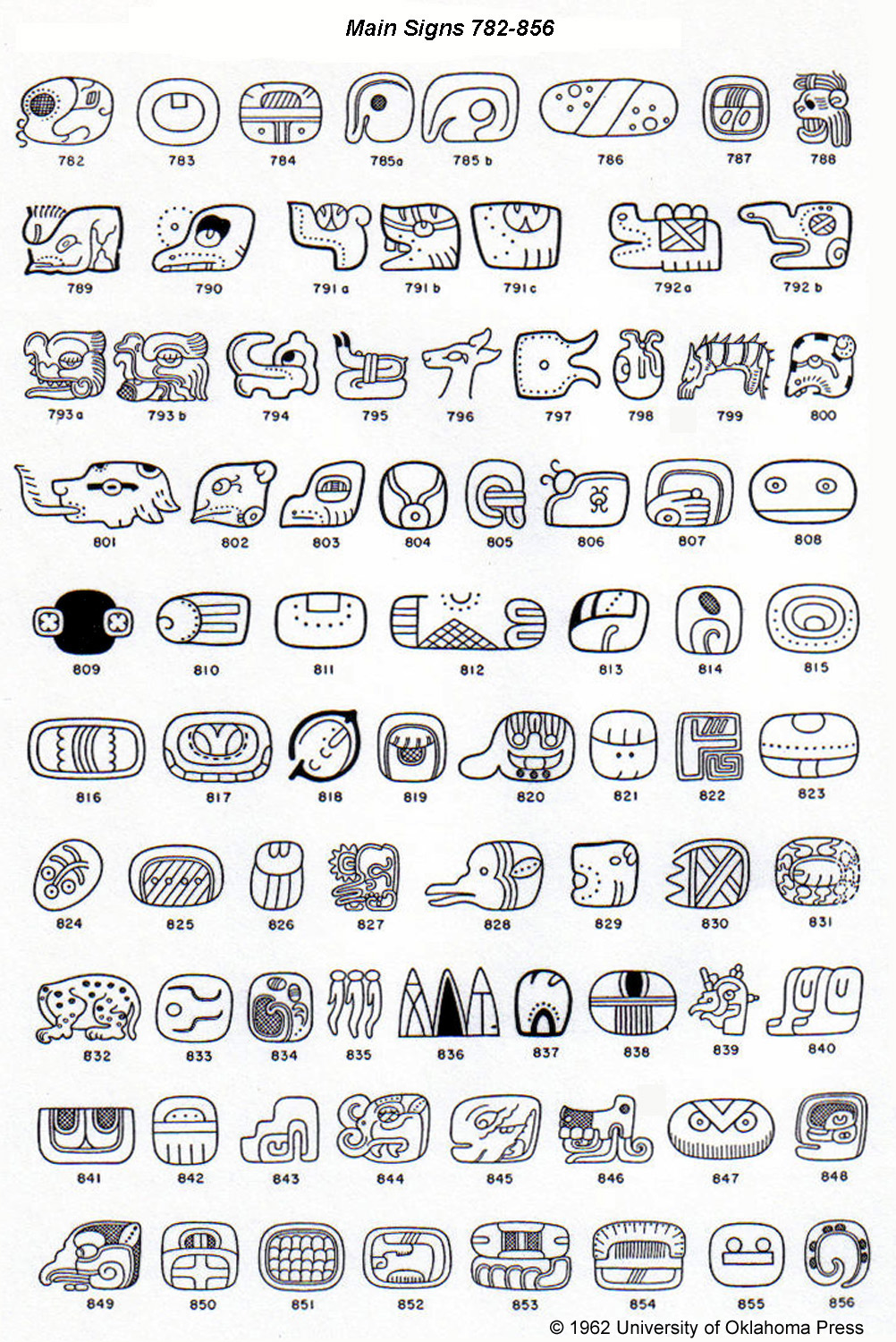

So far, the glyph is pronounced “ka-ua” since the Maya read their glyphs left-to-right and top-to-bottom. Element B, near the fish's tail, represents the syllable sound “ua” (also written “wa”). The main glyph, A, represents the syllable sound “ka”. the two dots that resemble a colon near the fish's mouth (element “C”).the oval and hook shapes on the right, which resemble a fish's tail but are actually a separate glyph (let's call this element “B”).the main glyph, which resembles a fish (we'll call this part of the glyph element “A”).There are three elements we need to recognize in order to read this glyph: This was a major breakthrough in the decipherment of the ancient Maya written language. It wasn't until 1952 CE that it was suggested that the language might be syllabic rather than phonetic. Therefore, when he attempted to decipher the Maya language, he broke it down into individual sounds (vowels and consonants) rather than syllables, the product of which is an inaccurate record of the Maya written and spoken language and a misleading guide for scholars.

Originally from Spain, de Landa's first language was naturally Spanish. This made the language very difficult to decode, and in fact, scholars initially thought the entire writing system was phonetic due to the unfounded assumptions of a missionary named Diego de Landa. The Maya writing system is logosyllabic, meaning its symbols can represent sounds in the form of syllables (like “ma” or “tot”), or they might represent whole concepts (like “river” or “house”). Deciphering Ancient Maya: Syllables & Concepts Fittingly, ancient Maya scribes and artists were all known by the same title: t'zib. In fact, it is so aesthetically rich and difficult to master, one needed to be an accomplished artist in order to write it properly. They built giant stone pyramids surrounded by dense jungle, used a calendrical system that made many believe that 2012 would be the end of the world, and created a writing system that is as beautiful as it is complex. For over three centuries, the ancient Maya flourished in Mesoamerica.


 0 kommentar(er)
0 kommentar(er)
